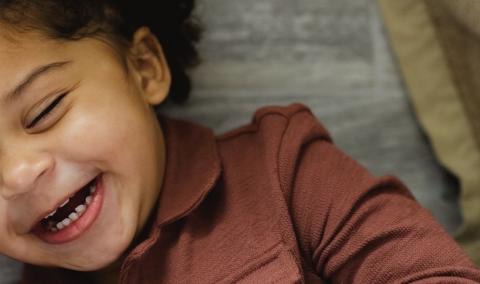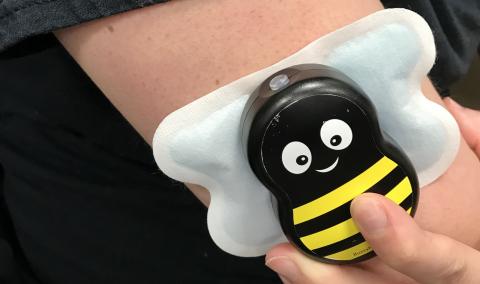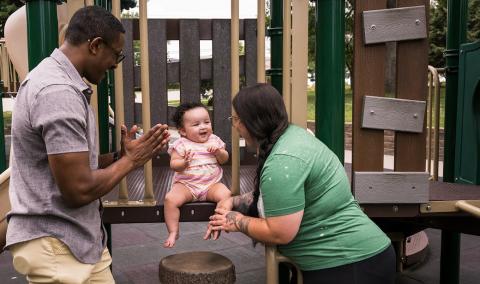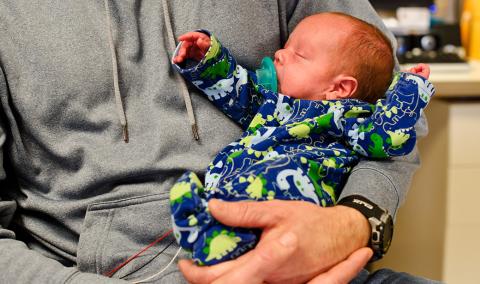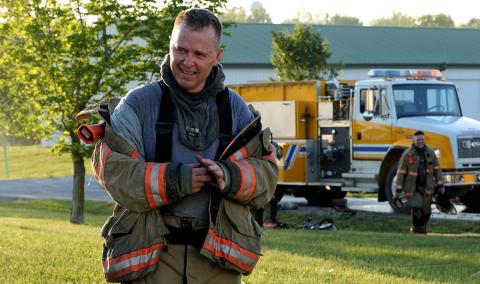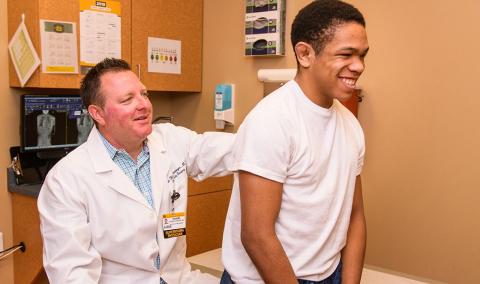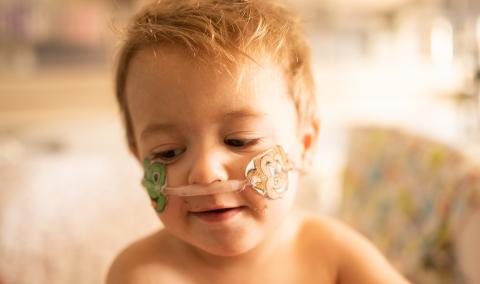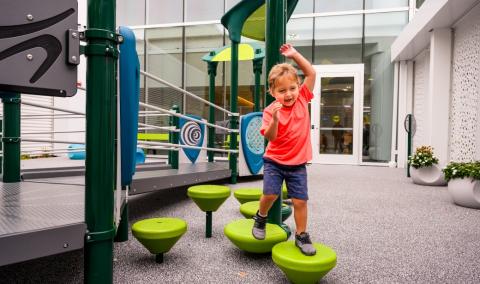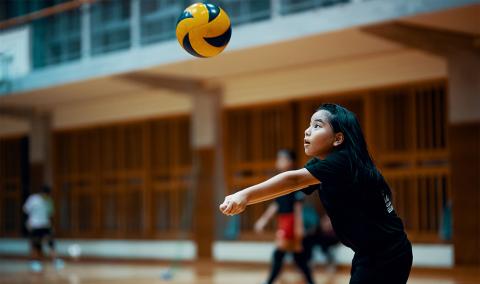Radial dysplasia is an under-development, abnormal development, or absence of the structures on the radial side (“thumb side”) of the forearm, wrist and/or hand.
When your child has been diagnosed with this condition, you want help from an experienced team of specialists who can provide the best care for your growing and developing child. The Child Health specialists at Children’s Hospital are here to assess your child, answer any questions you may have and develop a personalized treatment plan.
Treatment for babies with radial dysplasia?
For a child with radial clubhand deformity, a regimen of stretching and splinting is started, with the help of a hand therapist, to keep the wrist flexible and allow the hand to be passively straightened on the forearm. In some babies, the elbow is very stiff and does not bend well. In this case, straightening the hand would be detrimental because the baby will take advantage of the bent position of the hand to reach his or her mouth. Many different procedures exist to achieve a better posture of the hand on the forearm. Our team will work with your child to determine the best treatment option.
The most important treatment intervention is to reconstruct a functional thumb. In cases with mild or moderate under-development of the thumb, our team performs reconstruction using the tissues of the small thumb and borrowing a tendon(s) from other digits on the hand.
However, when the thumb is severely under-developed or absent, reconstruction is not possible. In this case, our surgeons can create a completely new thumb, usually using the index finger, in an operation known as pollicization. In pollicization, the index finger is moved into the thumb position and the length and posture are adjusted to look and function like a thumb.
Hand therapy will be an ongoing part of the treatment plan, before and after surgery.
Frequently asked questions about radial dysplasia
Get answers to commonly asked questions about this condition.
How does radial dysplasia affect my child’s hand?
The many ways that radial dysplasia may affect your child’s hand include:
- A slightly small thumb
- A missing thumb
- Missing radial wrist bones
- Missing radius bone itself (the bone on the “thumb side” of the forearm)
In some cases, only the radius is involved. The term “radial clubhand” comes from the appearance of the hand and forearm when the radius is very short or absent: the hand is bent at 90 degrees to the forearm, resembling the appearance of a golf club. Radial dysplasia affects only one side in about 50 percent of cases. The right side is twice as commonly affected as the left.
Does radial dysplasia cause my baby any pain?
No, this condition does not cause your baby pain.
What are the different types of radial dysplasia?
As with many congenital (present at birth) anomalies, the effects of radial dysplasia can range from very mild to more severe. The condition may involve:
- Only the forearm
- The forearm, wrist and thumb
- Only the thumb
- The thumb and wrist
Moreover, for each involved structure (e.g. the radius, the thumb), there is a range of involvement, from mild to severe.
Who gets radial dysplasia?
Radial dysplasia can occur in any newborn infant. There is no pattern of inheritance. This condition is rare and occurs in approximately 1 in 30,000 to 1 in 100,000 newborns. Boys are affected slightly more often than girls. Caucasians are more likely to have the condition than other races.
What causes radial dysplasia?
Although there are many theories, researchers have not yet determined the cause of radial dysplasia.
What are the main issues related to radial dysplasia?
The primary issue in radial dysplasia is whether your child can use his or her hand and digits. The appearance of the hand is also an issue, but is secondary to function. How much this condition affects your child’s use of the hand depends a great deal on how much the thumb is impacted.
Related Conditions & Treatments
- Adolescent Medicine
- Chest Wall Deformities
- Down Syndrome
- Emergency Care for Kids
- Gastrostomy and Feeding Access Program
- Hyperbaric Oxygen Therapy
- Juvenile Diabetes
- Neonatology
- Pediatric Anesthesiology
- Pediatric Cancer
- Pectus Carinatum
- Pectus Excavatum
- Pediatric Cardiology
- Pediatric Dermatology
- Pediatric Development and Behavior
- Pediatric ENT (Ear, Nose and Throat)
- Pediatric Epilepsy
- Pediatric Eye Care
- Pediatric Gastroenterology
- Pediatric Infectious Diseases
- Pediatric Inpatient Rehabilitation
- Pediatric Nephrology
- Pediatric Neurology
- Pediatric Neurosurgery
- Pediatric Orthopaedics
- Pediatric Plastic Surgery
- Pediatric Primary Care
- Pediatric Psychiatry
- Pediatric Pulmonary Medicine
- Pediatric Sleep Medicine
- Pediatric Surgery
- Pediatric Surgical Services
- Pediatric Urology
- Pediatric Vascular Anomalies
- Pediatric Weight Management
- Sickle Cell Disease
- Aerodigestive Program




